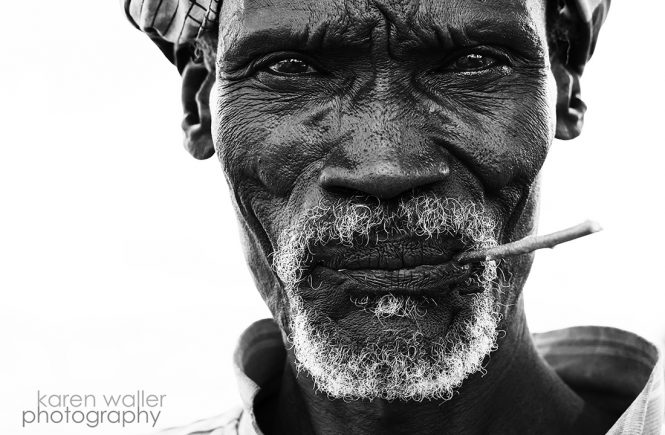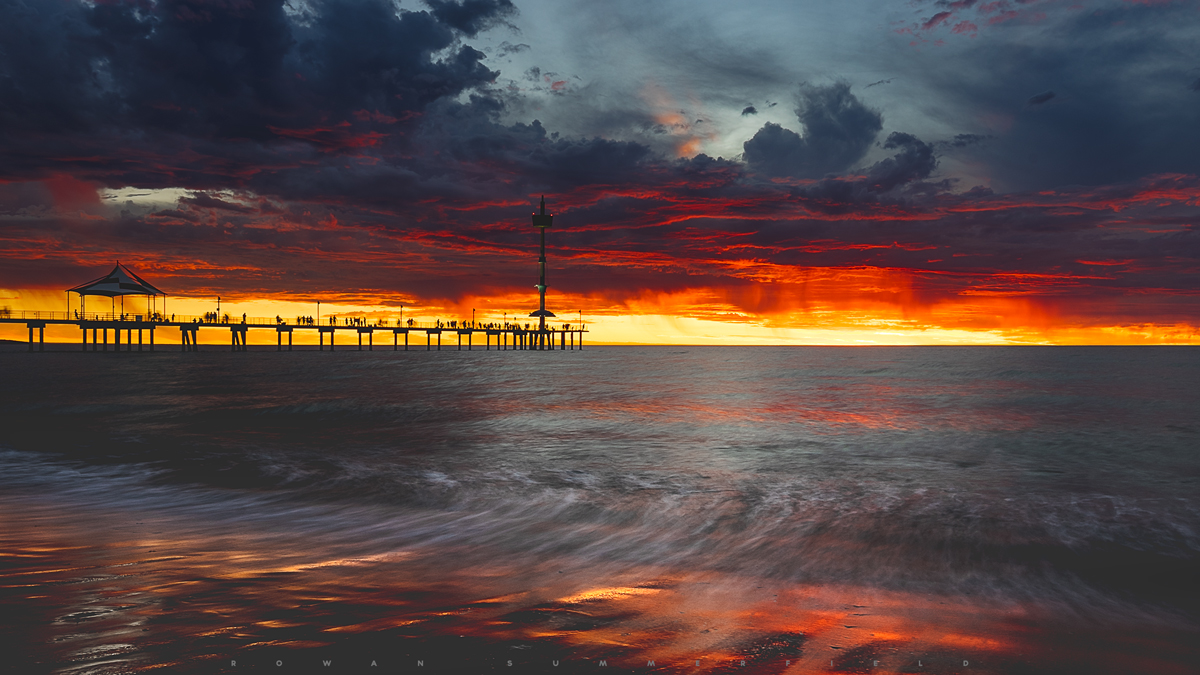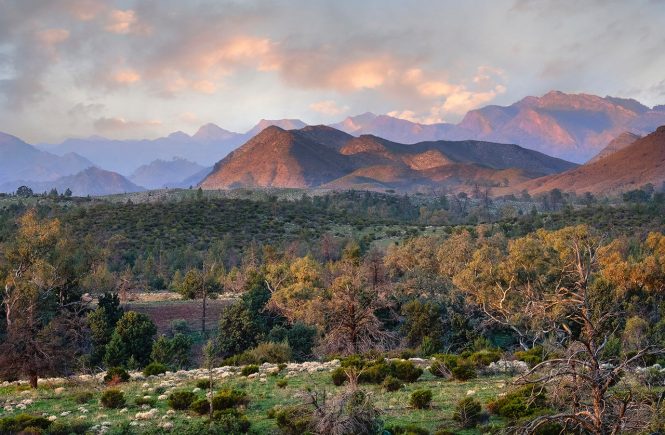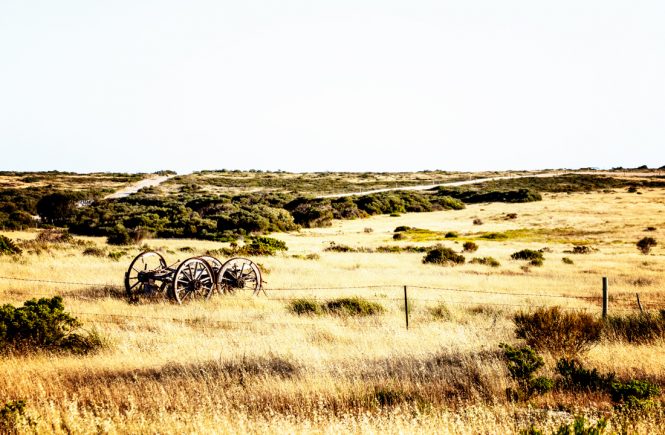Karen Waller is a photographer who thinks about her images. Her portraiture work reflects a deep understanding of the human condition and that everyone has a story to tell.
Her landscapes depict the raw beauty of natural (and sometimes man-made) form – with compositions that are elegant but striking in their simplicity.
Karen also reminds us that a lot of work is undertaken before the shutter is pressed. Good photographs, indeed good stories, rarely fall into our laps without making the effort to understand ourselves and the world.
I hope you enjoy this interview, as I did, and can learn something from Karen’s beautiful approach to photography. Discover more of Karen’s work on Instagram at @karenwallerphotography or at www.karenwaller.com.au.
1) Can you tell me how you first became interested in photography?
My interest in photography began in the mid-1990s and it really became a passion when I had access to a polaroid camera. I was working with some people with intellectual disabilities running an art class. The theme was around self-portraits and creating self-portraits using different creative approaches.
I liked the idea of an immediate result and having an image that the clients could hold, and watch emerge quite magically. It was an image of themselves that they had captured, a selfie as it were.
I became obsessed with this polaroid camera and it was an expensive passion. I loved the imperfection and the lack of control over the final result.
I also loved that the images could be manipulated once they popped out of the camera by drawing on the surface and pushing the encapsulated chemicals around. It became a very expensive passion.
I had studied some black and white photography subjects at uni and it was always an interest. However, painting and drawing were my preferred mediums.
The polaroid camera served me well and satisfied a need for instant gratification but over time I realised I wanted more control, and this was when I purchased an SLR camera – a Canon AE1 – and really began my journey with photography and learning my craft.
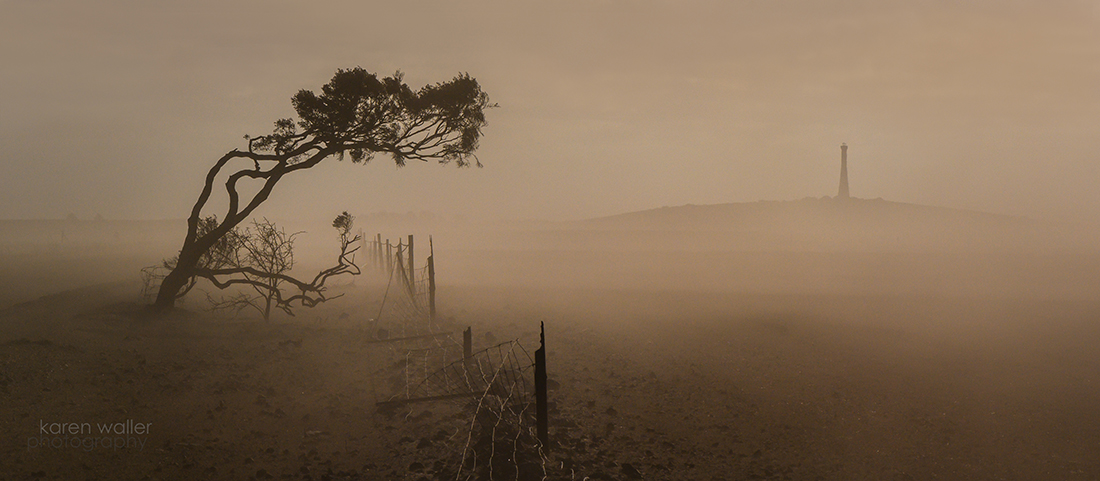
2) Can you tell me a little about your switch from painting to photography? How did it influence your work as you transitioned to photography?
The transition happened over a period of time. As mentioned, it came with the realisation that I could create quite painterly images using the Polaroid camera. As technology changed, the ability to create images with a more painterly quality became possible.
That early love of the Polaroid camera and the instant gratification if offered became possible with digital technology. The image, with current technology, can be viewed immediately. The final image can take time to be edited and processed. I see myself as being an artist who uses the photographic medium to create images.
The thought process in the creation of photographic images is similar to how I would create a painting with different tools and sets of skills. I continue to be influenced by my background as a painter in my understanding of colour, composition, space and the communication of ideas in a two-dimensional image.
3) Several times I have considered joining the AIPP – how do you get involved and has it has benefitted your work or professional development?
I have been a member of the AIPP since 2011. In terms of professional development, the awards system has been very helpful in terms of challenging myself and experimenting with my work and in particular my portrait images.
The AIPP conducts awards annually at a state and national level. My portrait portfolio’s in the years 2012, 2014, 2016 and 2017 saw me receive the title of SA AIPP Epson Portrait Photographer of the Year. At a national level, I have achieved the title of Master Photographer.
I really enjoy the challenge of creating images which are then judged by industry peers. One of the other highlights of being in the AIPP was my involvement in The Reflections Project as a volunteer photographer. The objective of this project was to photograph as many WWII veterans as possible Australia wide. It was incredible to spend time with the veterans and to hear the stories of their wartime experiences. So many of those people we photographed have since died. I recall the times that I captured the portrait only a couple of weeks before the person died. It was a very emotional experience and my involvement happened at the time my own dad was dying of terminal cancer.
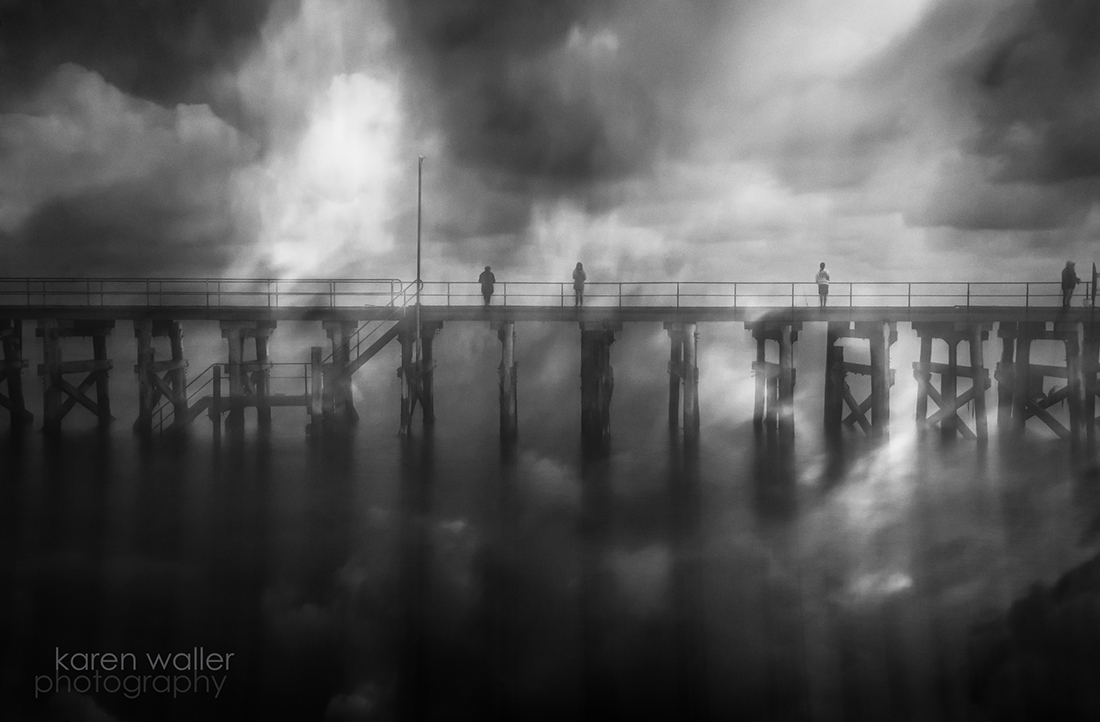
4) What is your favourite genre of photography, and why?
In terms of genre, I love both landscape and portrait as they employ and rely upon using a different approach in telling the story.
With my portrait work, I have themes that I continually explore. I am intrigued by ideas around seemingly opposing character traits. I love the idea of resilience and where that comes from. I love to explore vulnerability and strength and the undeniable connection between the two.
I ask myself questions around how can I tell the personal story of my subject. How can I best communicate the story of a portrait subject who has turned their experience of pain into something positive? How can I be respectful and empathetic in capturing a difficult story?
As someone who lives with anxiety and depression, this is a way for me to gain personal insight. When I become aware of the challenges other people face, I gain perspective. I use my work creating to manage my own mental health issues.
I love photographing older people and I very much subscribe to the belief that everyone has a story worth sharing. I love to eke out the story prior to capturing the portrait.
I employ a number of techniques to tell the story that best describes my subject. It may be a composite image or simply shot using available light on location. It could be photographed in the studio.
My work in the landscape is about solitude and attention to detail and I talk about this shortly. I also love being able to bring portrait and landscape together through environmental portraiture.
5) I’d love to hear more about your recent trip to Ethiopia. I imagine there was a lot of planning and preparation involved, to say the least. Was it a dream come true for someone who enjoys portraiture photography so much?
I travelled to Ethiopia on December 31st and arrived in Addis Ababa on the first of January 2020. What an incredible way to begin the year.
It was a trip that I had been planning for close to 18 months and the plan changed over time. I had been very interested in Ethiopia for many years after being very involved in the Ethiopian community in the mid-1990s.
My best friend had also lived there as a child, so I was fascinated by the people and the culture of Ethiopia. The other motivating factor was a sense of time running out and wanting to be brave and adventurous whilst I had the time. Time in the sense of growing older and the fear of regret. It was a strong motivator having these thoughts. It was something I needed to do on my own without my family.
I travelled on a tour with another photographer from Melbourne by the name of Jayne McClean. My plans changed from travelling with a larger tour group to travelling as the only person on the tour with Jayne as the tour guide. We had a driver and a cook who prepared meals when we camped in villages. They were both incredible Ethiopian people.
It was a strange time to be overseas as Australia was on fire and the people of Ethiopia were well aware of what was happening in Australia and were saddened by these disasters. I felt very helpless and had a sense of guilt that I wasn’t in Australia at the time.
It was however a dream come true and the portrait subjects, the people in the Omo Valley are incredible. Photography is complicated and is usually a transaction negotiated by a guide and the village chief.
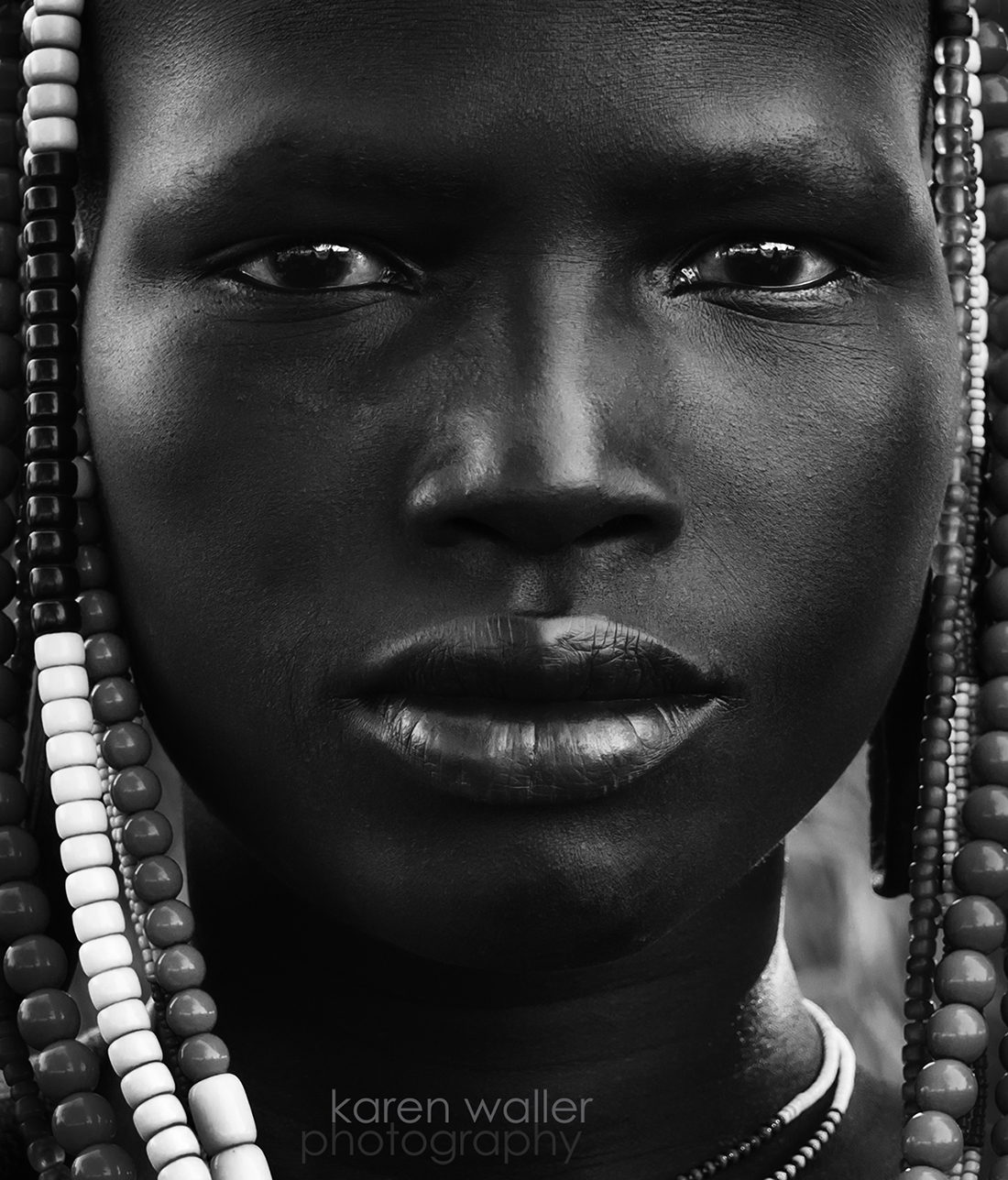
One of the great aspects of our tour was that we camped either close to, or in the village. Our presence over a few days changed our relationship with the people from the village creating a greater sense of trust and friendship. Jayne and I went for a wander in a village one evening and saw some free-ranging camels which we photographed. The owner of the camels demanded that we pay him for the photographs which we did organise. We managed a couple of portraits of him as well and everyone was happy.
Interestingly, the people in the village pose unsmiling which reflect expectations over time from other photographers. The relaxed and smiling captures were harder to achieve but they do capture a connection between the photographer and subject.
I was entering a world so unfamiliar with barriers I had to experience first-hand. The obvious one was language. The children are a delight and their joy is contagious. I captured more formal portraits and doco style images of kids a play and food preparation.
It was interesting watching a Karo man prepare a goat and how the children gathered around to watch and learn. In this particular village overlooking the Omo River, the women walk some distance to collect water in containers that I could barely lift. They hoist them onto their backs and climb back up the steep hill. They are so strong but life is very hard.
Because we camped near this village, we had the opportunity to see the machinations of everyday life. It was in contrast to other tour groups who arrived and took a few photos and left after half an hour.
As I write this and reflect on my time in Ethiopia, it feels very emotional. It feels like a magical dream and yet it was only a couple of months ago. When I returned home in the middle of January, I had an awareness of coronavirus in China and that a few cases were appearing in other countries.
I feel so very fortunate that I did travel when I did because the window of opportunity quickly closed. It feels quite strange that this adventure to test my bravery and passion for life, may not have happened if I didn’t do it at that time. The dates for the tour had changed over the course of the 18-month planning and later dates were considered. I would love to return to Ethiopia, and I hope that there will be an opportunity in the future once the world finds a new normal and travel is once again possible.
My plan is to have an exhibition of my work. I have secured a great space and the plan was for November, but it has currently been put on hold under the current circumstances. Perhaps there is an opportunity to find a creative way to exhibit online.
6) Who are some of the photographers that you admire, and why?
I think the questions for me is less about the ‘who I admire’ but the ‘why’.
I love photographers who are brave and take risks with their work. This might be the photojournalists who capture the horrific reality of warzones or simply people capturing difficult and confronting stories.
I admire many photographers from diverse genres. I have this idea that in finding my own voice, I try not to focus on individuals but draw inspiration from many sources.
I have many friends who work in different genres who I gain inspiration from. This inspiration may simply be obsessive attention to detail or a passion for a particular place. Inspiration is everywhere in my world.
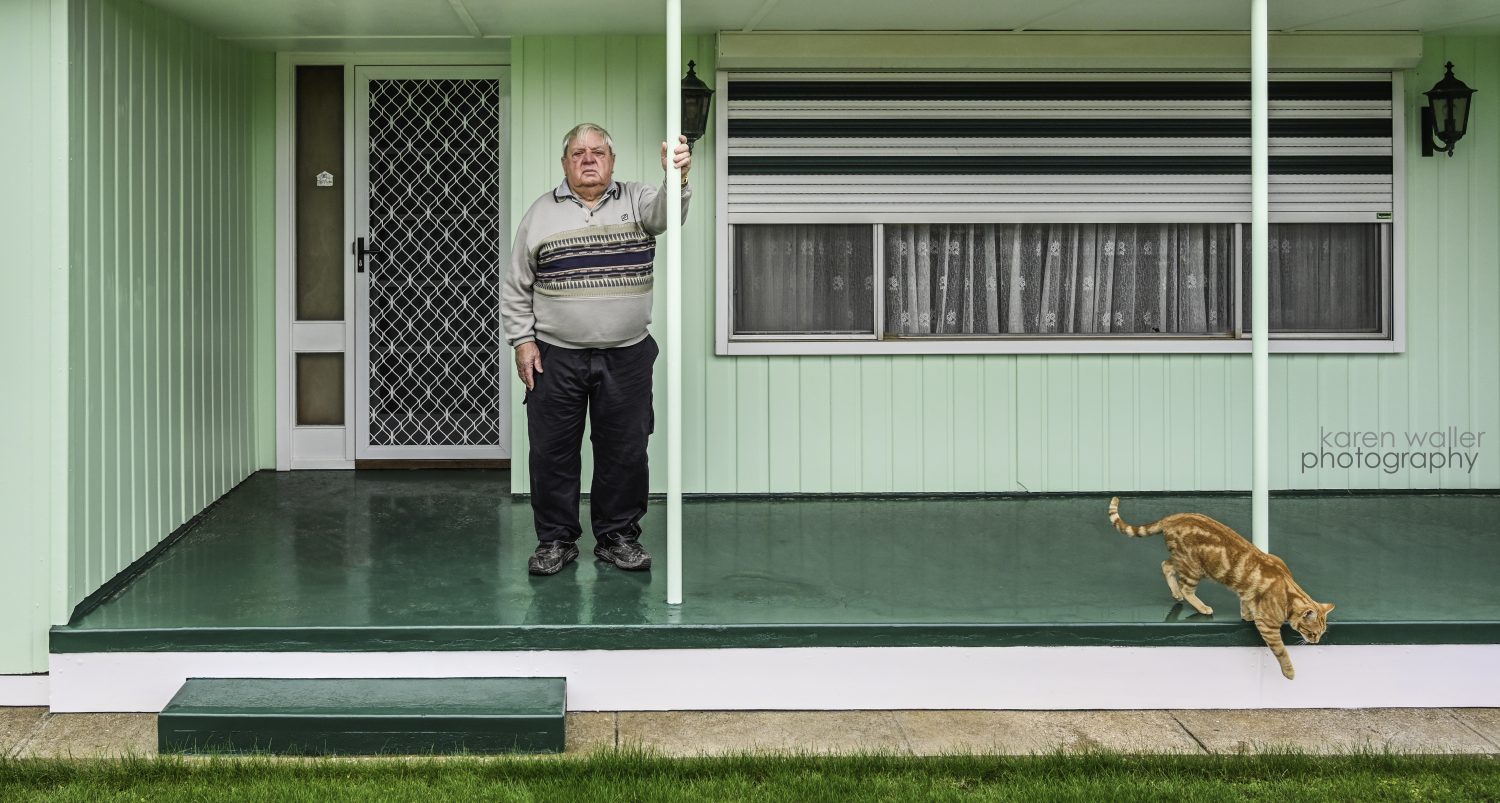
7) As someone who also loves landscapes and the intricate details of nature, I appreciate that your subtle, subdued images are allowed to stand on their own two feet. Do you use any mindfulness techniques? Or if not, what is your creative process with these sorts of images?
It seems apt today to talk about my landscape photography. My dear dad would have turned 81 today so it is a good time to reflect on how his life and death impacted on me, and my work.
I am very much like my dad and some of that is genetic and other things were his gifts to me. He taught me to love nature and in particular birds. He loved nurturing his garden and spending time alone.
This time spent in solitude is something I also crave. My dad died in 2015 of cancer. Eight months earlier, his beautiful long-term partner also died of cancer. I was with Annie just before she died at home.
I was with my dad when he died in Yorketown Hospital, arriving with my family less than an hour before he took his last breath. I was holding his hand. I am grateful that I was with him. I felt a sense of relief once my dad had died. The suffering and pain were over.
In the weeks and months to come, I struggled with grief. I was unable to stop the thoughts and images of him dying. That was when I started taking myself into the landscape and photographing places I loved, and in particular on Yorke Peninsula.
My dad worked in the State Bank when I was growing up and we lived in several rural towns. I went to seven primary schools before we moved to Minlaton on Yorke Peninsula which was where we stayed. My mum still lives in Minlaton and we seem to be there at least monthly for various reasons.
My connection is with places away from the city and in the places I grew up with. Heading into the landscape during the time of grief, gave me a chance to focus on something else and it helped stop the incessant talk in my head.
It is interesting that you talk about mindfulness Ben because that is exactly what I was doing. It helped me through that time and continues to be a way to help with my mental health today. It isn’t a conscious decision to employ mindfulness techniques but the very process of focusing and being in the creative moment naturally takes me to that place. It is very much a solitary pursuit and other people can interrupt that.
I am often searching for landscape images which tell the story of the human impact on the environment. It might be subtle but it is often there if you search.

